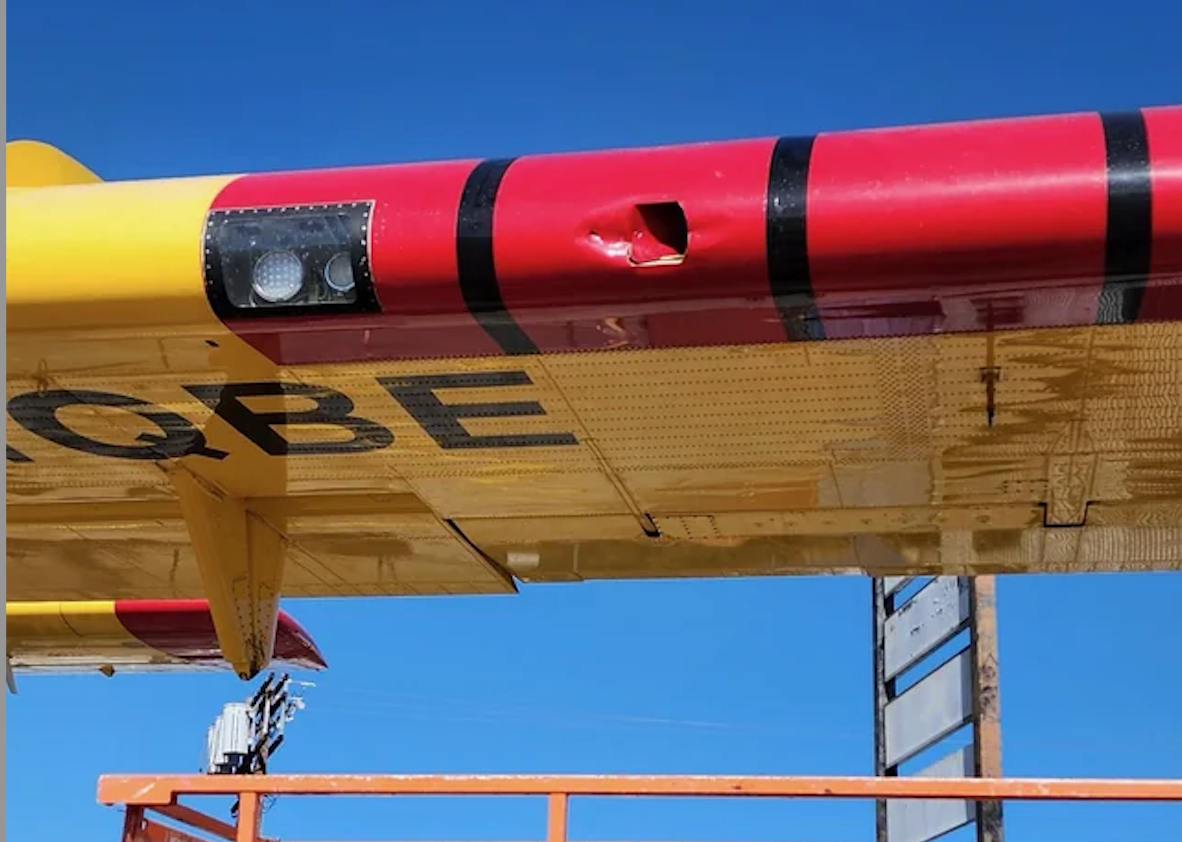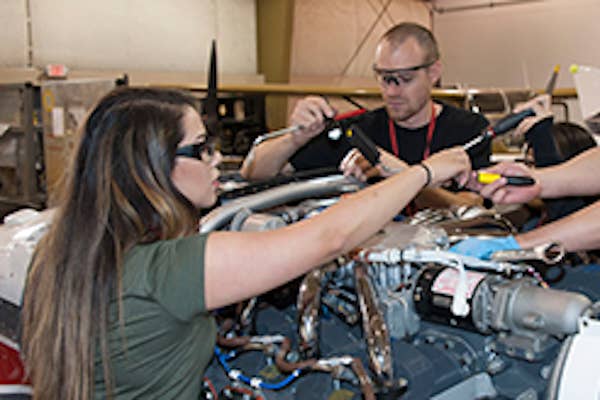Contrail Avoidance Possible But Uses More Fuel
A small study facilitated by American Airlines and Google has shown that it’s relatively easy to cut the amount of contrails created by airliners but it comes at a fuel…

A small study facilitated by American Airlines and Google has shown that it's relatively easy to cut the amount of contrails created by airliners but it comes at a fuel penalty. American supplied the aircraft for 70 flights and used software developed by Breakthrough Energy to create flight plans that avoided frozen water vapor-producing conditions. In the trial they were able to reduce contrails by 54 percent but maneuvering to avoid the contrail conditions used about 2 percent more fuel. And even though more fuel was used, the contrail avoidance might be worth it from an environmental point of view, according to the authors of the study.
“Avoiding contrails might be one of the best ways to limit aviation’s climate impact, and now we have a clear demonstration that it’s possible to do so,” said Marc Shapiro, Breakthrough Energy’s director of contrail studies. Contrails were generally considered to be a harmless byproduct of jet fuel combustion but their impact on climate change might have been underestimated. The artificial clouds trap heat in the atmosphere.
According to the Dallas Morning News, Google and Breakthrough used artificial intelligence to modify the flight plans for the 70 flights to steer clear, as much as possible, from the altitudes, weather and humidity where contrails were most likely to form. Then Google used its satellite cameras to check the results. Jill Blickenstein, American's VP of Sustainability, said pilots played a big role in carrying out the research. “One of the main reasons that we had success is that we had a small group of pilots who were really excited about trying this,” she said, adding that others who were recruited also quickly got interested in the project.






